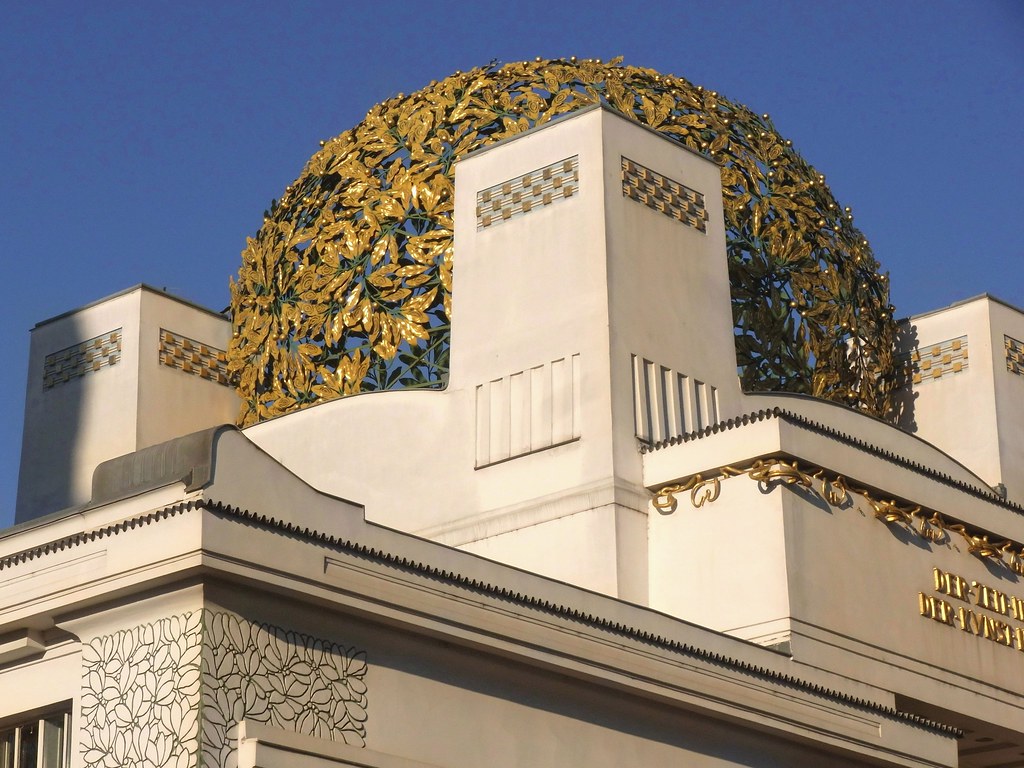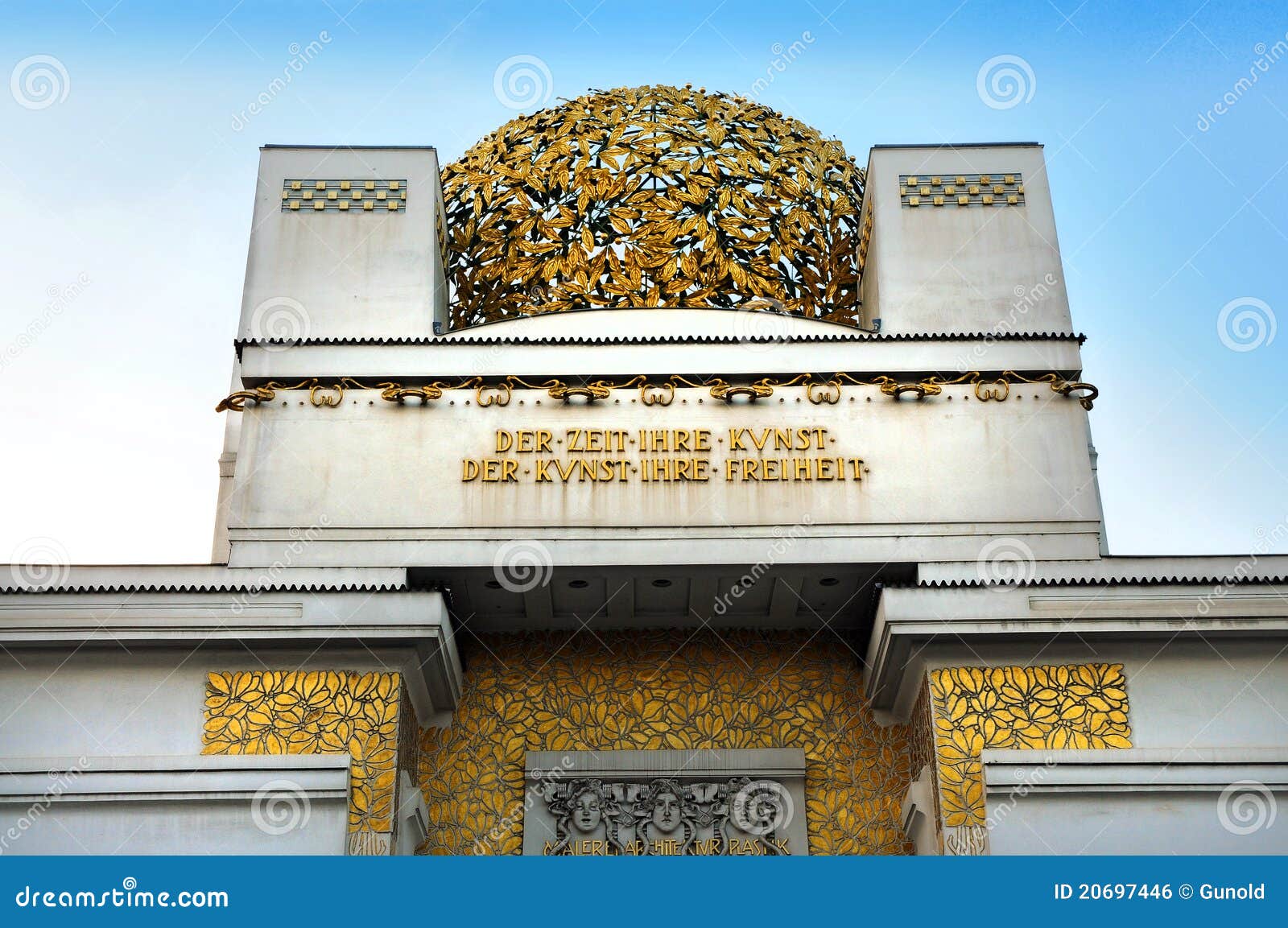
However, many young Viennese artists did not like the "Genossenschaft's" strongly academic and historicist understanding of art and no longer saw themselves represented - especially at exhibitions. Here, the conservative "Genossenschaft der bildenden Künstler Wiens" (Cooperative of Fine Artists of Vienna) had set the guidelines for art policy at that time. In many places, artists' associations were created to overcome the traditional conception of fine art. A Plea for Modern Thinking in ArtĪt the turn of the 19th and 20th centuries, art in many European countries was in a state of awakening. They planned a radical renewal that would make Vienna's art progressive, courageous and open to all styles and developments. Around 50 artists, architects and designers joined forces in Vienna in 1897 to counter the conservative establishment with a modern understanding of art. To art its freedom": This was the slogan of the "Vienna Secession" - the artists' association that was to have a lasting influence on art in Austria and the rest of Europe at the turn of the 20th century. The idea of the Gesamtkunstwerk and the special atmosphere of Vienna at that time, a world cultural capital, can thus be experienced in all its facets."To every age it's art. Outstanding artifacts from the Wiener Werkstätte can be found in the Leopold Museum’s world-famous collection of fine art from Vienna around 1900. The highest principles in their approach to design and production focused on an appreciation of both the material itself and the objects’ overall artistic and handcrafted quality. In light of this, a concept for the production of modern decorative arts was developed that led to the establishment of the Wiener Werkstätte, founded in 1903 by Josef Hoffmann, Koloman Moser, and Fritz Waerndorfer. In the spirit of the concept of “total work of art,” Gesamtkunstwerk, the representatives of Viennese Modernism looked to infuse art into all areas of human life and, at the same time, elevate the status of applied arts to equal of that of the visual arts. The Secession Building, designed by Olbrich in 1898 and considered a building-as-manifesto, housed the ideas of the new artists' association.

Among the founding members of the Secession, in addition to Gustav Klimt, who was elected the association’s first president, were Koloman Moser, Carl Moll, and the architects Josef Hoffmann and Joseph Maria Olbrich. The “Union of Austrian Artists–Secession” wanted to create a platform for contemporary and international art through its departure from the conservative Künstlerhaus cooperative. The founding of the Vienna Secession in 1897 was considered the birth of Austrian modernism in the visual arts.


The awakening took hold in a variety of disciplines, from painting and literature to music, theater, dance, and architecture to medicine, psychology, philosophy, law, and economics. This mixed milieu gave rise to such a unique concentration of cultural achievements that, today, we think of Vienna around 1900 as having been a wellspring of modernity. At the start of the twentieth century, the vibrant metropolis of Vienna on the Danube was characterized by contrasts: It was simultaneously the capital of the aristocracy and the liberal intellectuals, home of the magnificent Ringstrasse and endless slums, a place of anti-Semitism and Zionism, rigid conservatism and the onset of modernity.


 0 kommentar(er)
0 kommentar(er)
